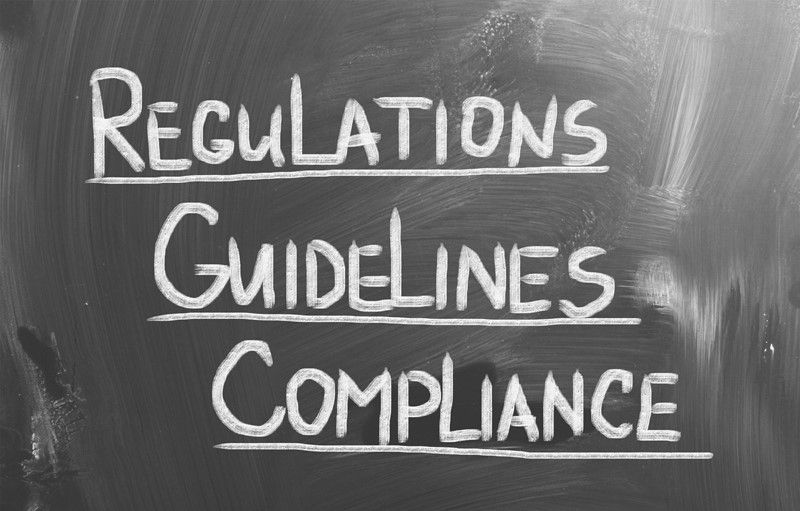Double Tax Conventions and IHT
Double tax on estates can still hit families hard, even with treaties in place. When someone dies with ties to more than one country, their estate may face inheritance tax in both jurisdictions. Fortunately, the UK has Double Taxation Conventions with several countries to help reduce or eliminate this burden. Understanding how these treaties work, and what happens when no agreement exists, can make a big difference when dealing with international assets and long-term UK residents treated as UK domiciled.
Under these agreements, the country where the deceased was domiciled (or treated as domiciled) has primary taxing rights over all assets. The other country may only tax specific assets located in its own territory, such as land or buildings. Since 6 April 2025, long-term UK residents are treated as deemed UK domiciled for Inheritance Tax (IHT) purposes.
If double taxation still occurs, the DTC determines which country gives credit for the tax paid to the other. Relief is generally given in the UK through a credit for the overseas tax paid against the IHT due in the UK on the same assets already taxed.
The UK has current double taxation agreements that apply to IHT with countries including the USA, Ireland, South Africa, Sweden, Switzerland and the Netherlands. Older treaties exist with France, Italy, India and Pakistan but follow different rules and don’t have a provision for deemed domicile.
If no DTC exists, Unilateral Relief may be available. HMRC may still give credit for foreign tax on overseas assets, using a set formula to calculate proportional relief.




